Top 5 Most Beautiful Historical Sites in Iraq
Iraq isn’t exactly the most popular tourist destination in the world because of its turbulent recent history. That makes it all the most surprising that the ... read more...tourist industry in this country was booming in the 19th century. If you do make it to this country, here is a list of some of the most beautiful historical sites in Iraq, destinations you should put on your bucket list if you want to explore the culture of the country.
-
Imam Hussain's Shrine, located in the heart of the city, is one of the world's first and largest Muslim pilgrimage sites. See Husayn Ibn Ali's (the third Shia Imam) ultimate resting place, a holy location revered by Muslims all around the world.
The shrine's border wall is surrounded with wooden gates with glass ornaments. The gates open into a courtyard with many "Iwans" along the walls, which is divided into smaller rooms or precincts. Husayn's burial is encased in a metal-mesh-like structure that may be located directly beneath the golden dome.On the anniversary of the imam's death, millions of pilgrims flock to Ashura to pray and pay their respects to the renowned martyr. Consider the vast complex's architectural style, and take in the view of its golden domes and minarets, which are adorned with a plethora of brilliant decorations, you'll know why it's in one of the most beautiful historical sites in Iraq. Examine the small stores and kiosks selling refreshments and gifts outside.
Location: Karbala, Iraq
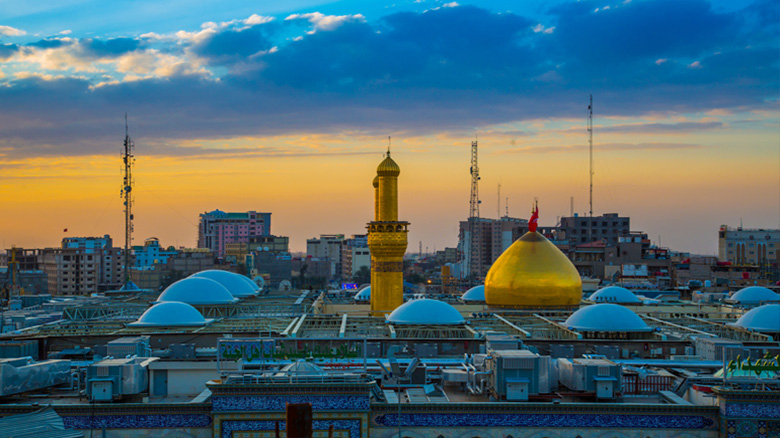
Photo: imhussain 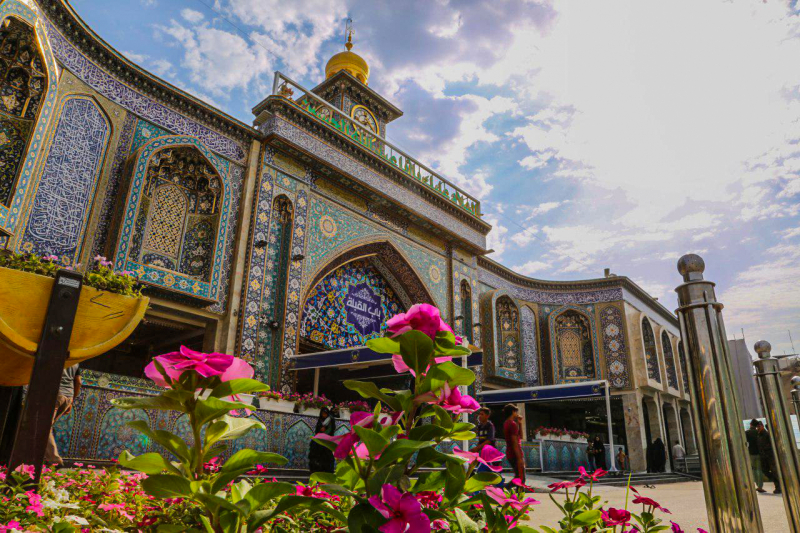
Photo: imamhussain -
Pay your respects at the Shrine of Amir al-mo'menin Ali bin Abi Talib (Imam Ali Shrine), peace be upon him, which is Shia Muslims' third-holiest pilgrimage site. The complex houses the grave of the first imam, Ali ibn Abi Talib, as well as the remains of Noah and Adam, according to many.
The large dome of the Imm 'Al Mosque is well-known. Two minarets stand near the large entryway. The large dome is covered in 7777 gold-painted brick slabs, with turquoise mosaics on the side and back walls.
The Principal or Clock Portal, al-Tusi Portal, and Qibla Portal are the three main monumental entrances on the eastern, northern, and southern sides of the shrine, respectively. The Muslim Ibn 'Aqil Portal, located north of the Clock Gate, and the al-'Amara, or al-Faraj Portal, located in the southwest corner, are two other monumental portals. The inner shrine is surrounded by a courtyard, and it is connected to the Al-Mosque Ra's on the west. The inner shrine is a huge cube with chamfered corners, crowned by a 42-meter-high onion-shaped dome and flanked by twin 38-meter-high minarets.
The complex, which was built around the grave of the imam in 977 CE, has been damaged and renovated multiple times since then. Consider the antique traditional Islamic architecture, and don't miss the gold veranda, which acts as the building's full gilded entrance.
Location: Najaf, Iraq
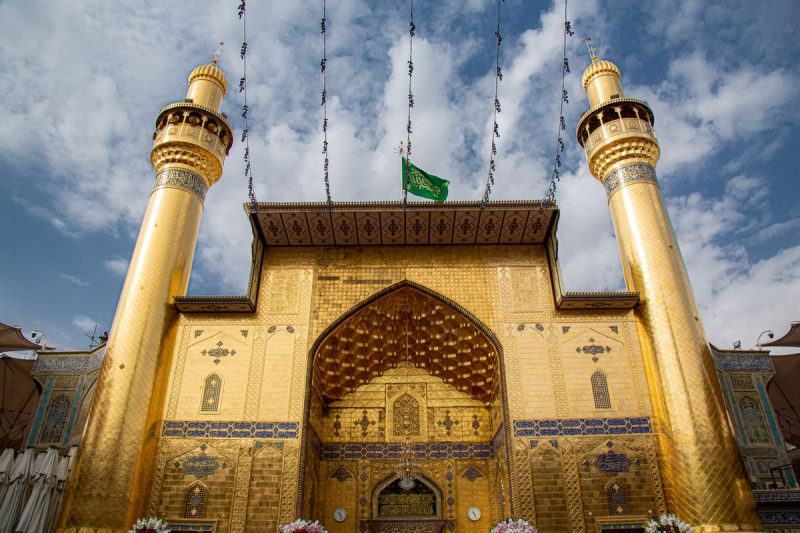
Photo: twitter 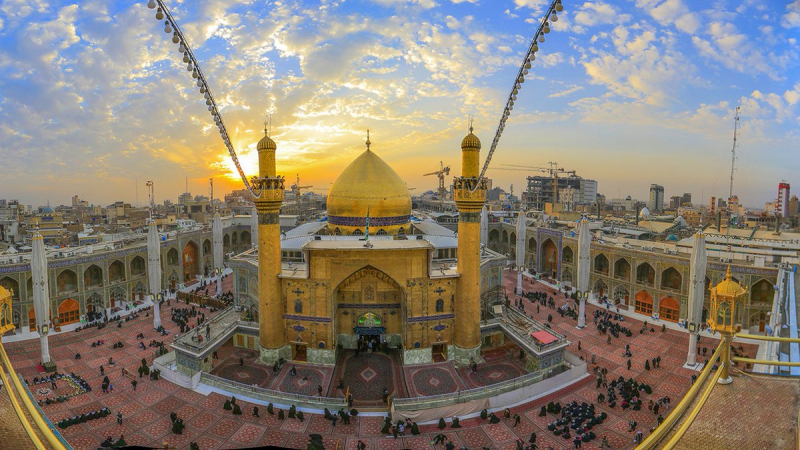
Photo: twitter -
The Erbil Citadel, also known as Qelat, is a tell or occupied mound in Erbil, Iraq's Kurdistan Region, and the old city center. Since June 21, 2014, the citadel has been listed on the UNESCO World Heritage List.
The citadel mound has been occupied since at least the 5th millennium BC, and maybe earlier. Around 2,300 BC, it first occurs in historical sources on the Ebla tablets, and it became particularly important during the Neo-Assyrian period. Erbil was a major Christian center during the Sassanian period and the Abbasid Caliphate. Erbil's status waned after the Mongols took the castle in 1258. The urban structure was dramatically altered during the twentieth century, resulting in the destruction of a number of residences and public structures. The High Commission for Erbil Citadel Revitalization (HCECR) was founded in 2007 to oversee the citadel's repair. In the same year, all residents were ejected from the citadel, except for one family, as part of a huge renovation effort. Various international teams have conducted archaeological study and restoration work at and around the tell since then, in collaboration with local specialists. Once the citadel is repaired, the government hopes to house 50 families there.
The buildings on top of the tell span a roughly oval space of 430 by 340 meters (1,410 ft 1,120 ft) with a total size of 102,000 square meters (1,100,000 sq ft). The Mulla Afandi Mosque is the sole religious structure that has survived. From the surrounding plain, the mound rises between 25 and 32 meters (82 and 105 feet). The citadel was divided into three districts or mahatmas when it was fully occupied: the Serai, the Takya, and the Topkhana, which ran east to west. The Serai area was home to prominent families; the Takya district was named after dervishes' dwellings, which were known as takyas; and the Topkhana district was home to craftsmen and farmers.
Location: Iraq
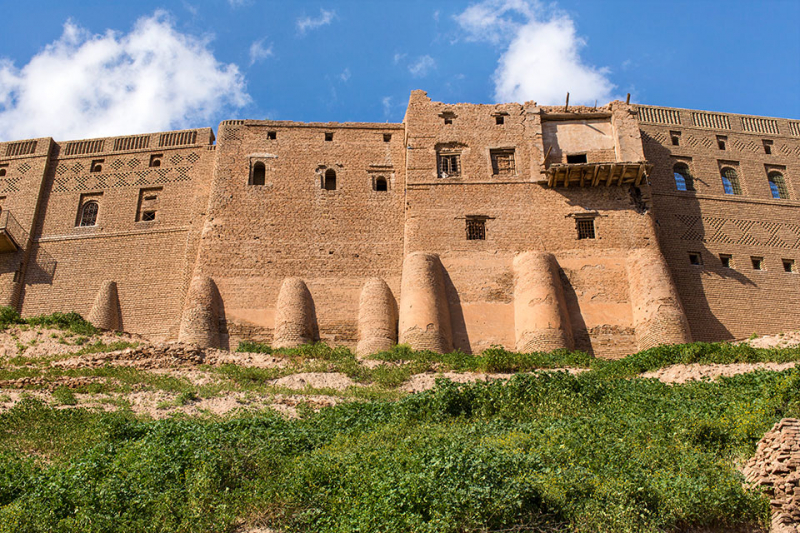
Photo: richardwilding 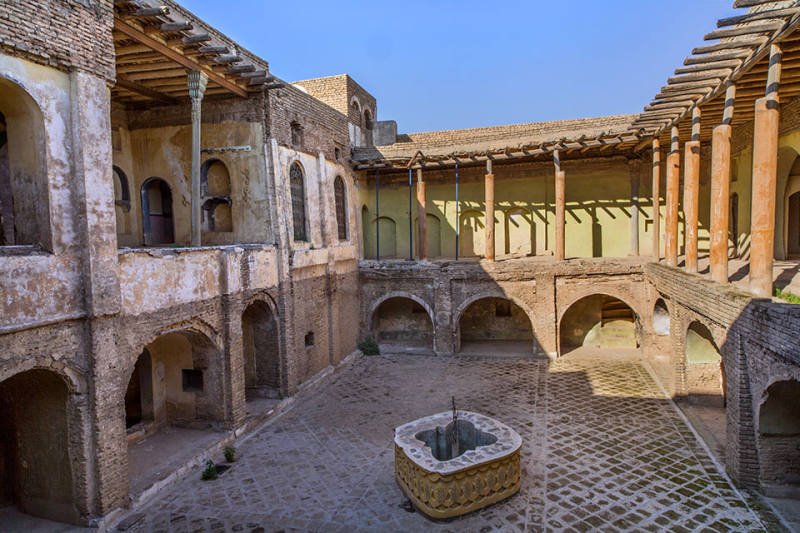
Photo: richardwilding -
Wadi-al-Salaam is an Islamic cemetery in Najaf, Iraq, which is a Shia holy city. It is the world's largest cemetery. More than 8 million souls are buried at the cemetery, which spans 1,485.5 acres (601.16 ha; 6.01 km2; 2.32 sq mi). It also draws millions of pilgrims every year.
Wadi Al-Salaam Cemetery is close to the shrines of Ali ibn Abi Talib, the fourth Sunni Caliph and the first Shia Imam. As a result, many Iraqi Shi'ites ask to be buried in this cemetery. Shi'ites from all over the world are (or desire to be) buried in the cemetery as a result of improved transportation methods. Burial at the cemetery, on the other hand, "means being buried in one of the cemetery's many catacombs." According to an undertaker at the cemetery, each crypt can hold up to 50 bodies. The burial plots are controlled by Marja'.Location: Najaf, Iraq
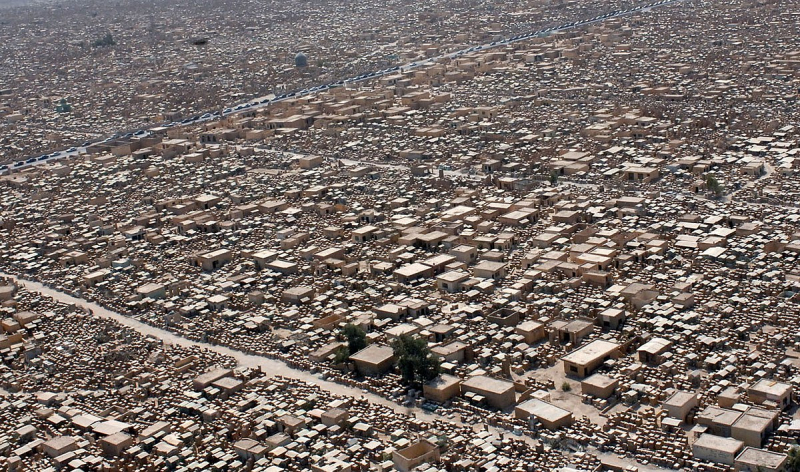
Photo: duhoctrungquoc 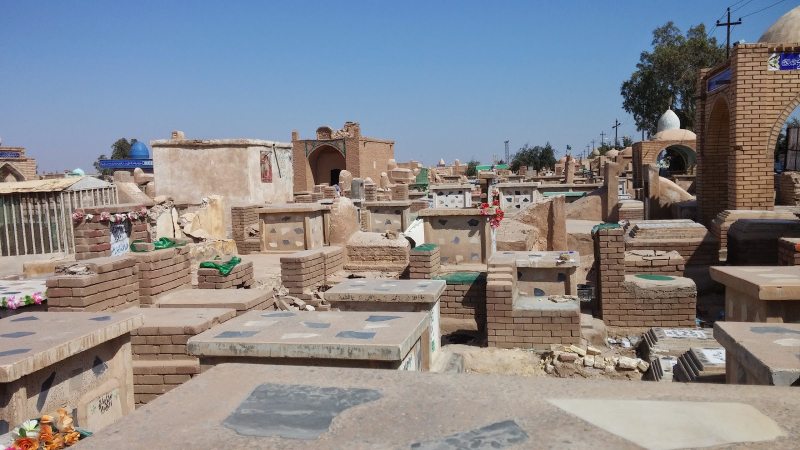
Photo: inspirock -
The Al-Abbas Shrine is a mausoleum and mosque in Karbala, Iraq, that is located near the Imam Husayn Mosque. Abbas was the half-brother of Imam Hasan and Imam Husayn and the son of Ali ibn Abi Talib. He was Husayn's flagbearer and caravan chief at the Battle of Karbala. The Shia, who visit the shrine every year in the month of Muharram rather than during other times of the year, hold it in high regard.
The Euphrates River has changed course due to environmental factors over time. The river flows across Abbas' grave and encircles it about 1,400 years after the Battle of Karbala. The Euphrates is claimed to have reached 'Abbs presently.
The shrine has undergone a series of improvements and additions in recent years, including the re-gilding of the dome and, more recently, the covering of the ancient courtyard with a roof to better accommodate pilgrims. Now it has a very beautiful appearance, and it is in the top of the most beautiful historical places in Iraq Millions of pilgrims go from all over the world to visit the shrine each year.Location: Karbala, Iraq
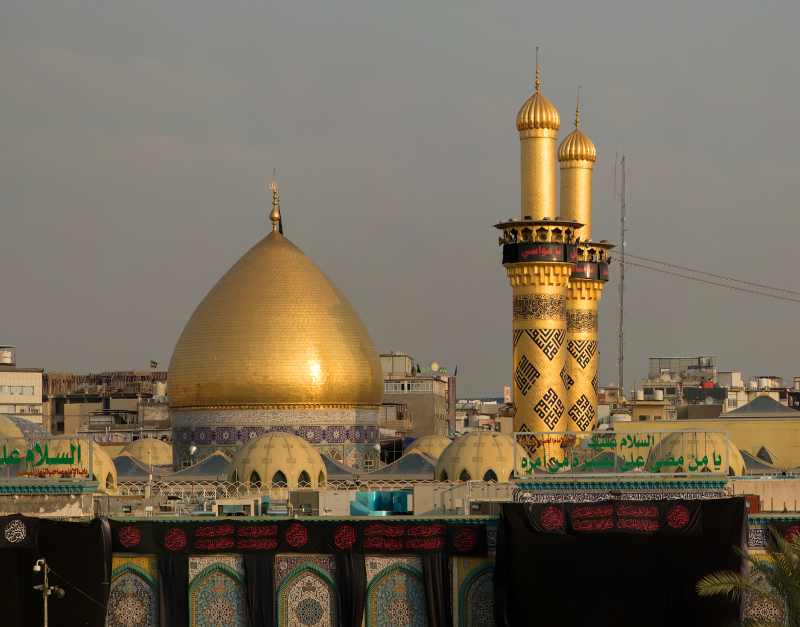
Photo: wikipedia 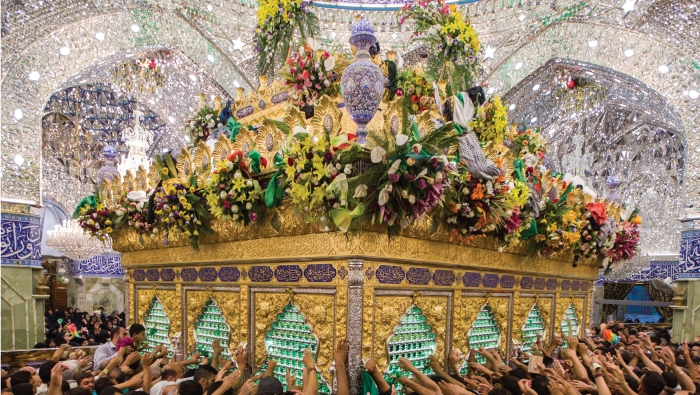
Photo: imamhussain


























